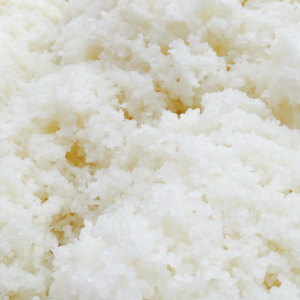
The sake making process is as fascinating as it is surprisingly laborious. It can also be, well… confusing to the uninitiated. To help demystify the art of sake brewing, here’s our complete illustrated guide on how it’s made:
Level 1: The Basics
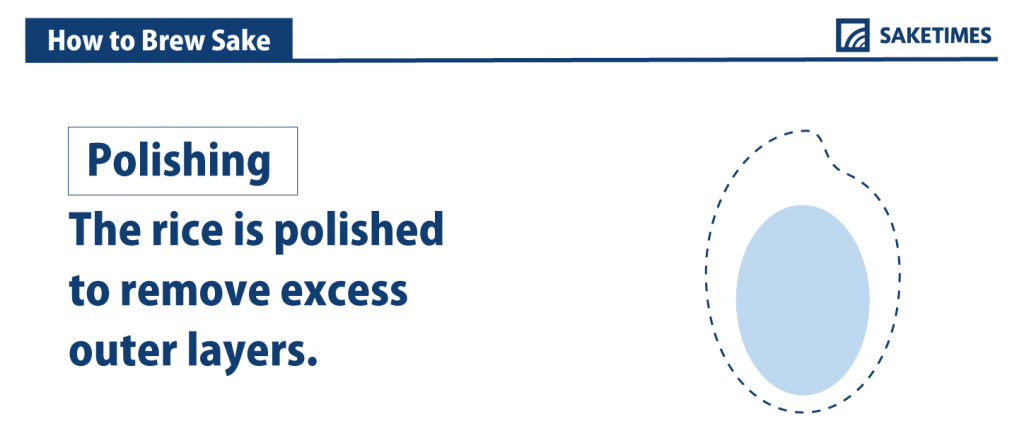

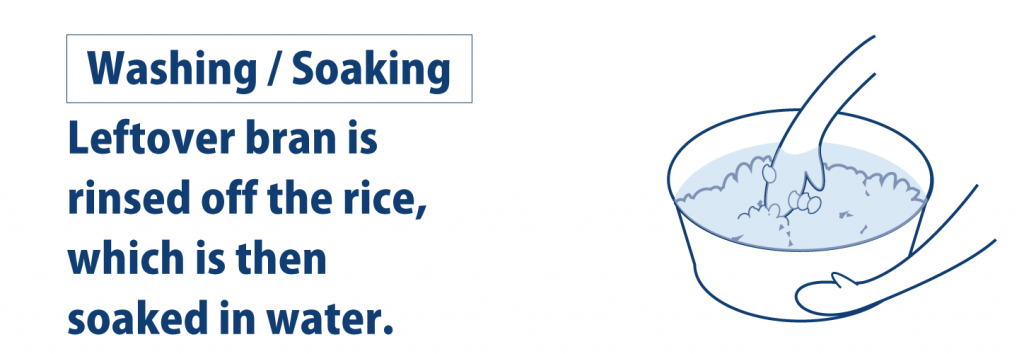

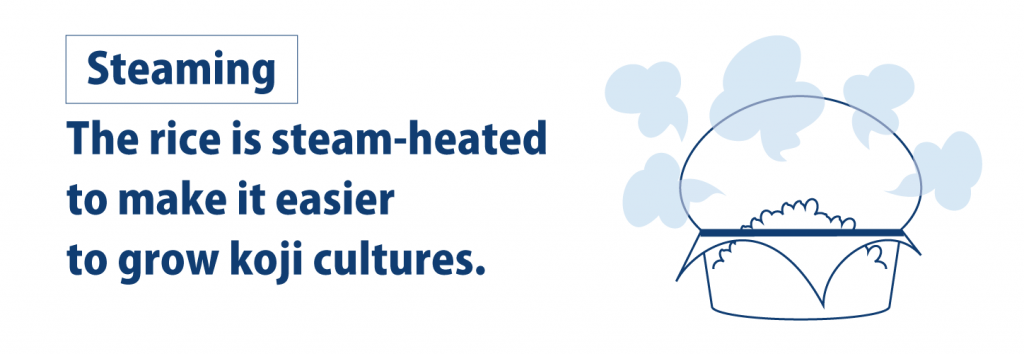



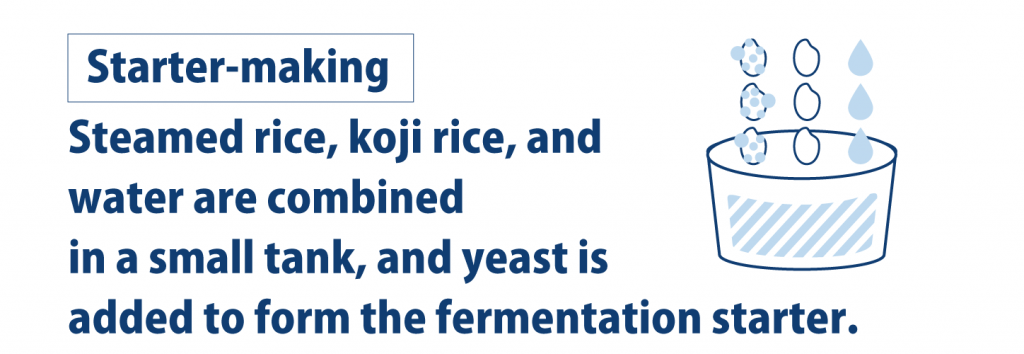

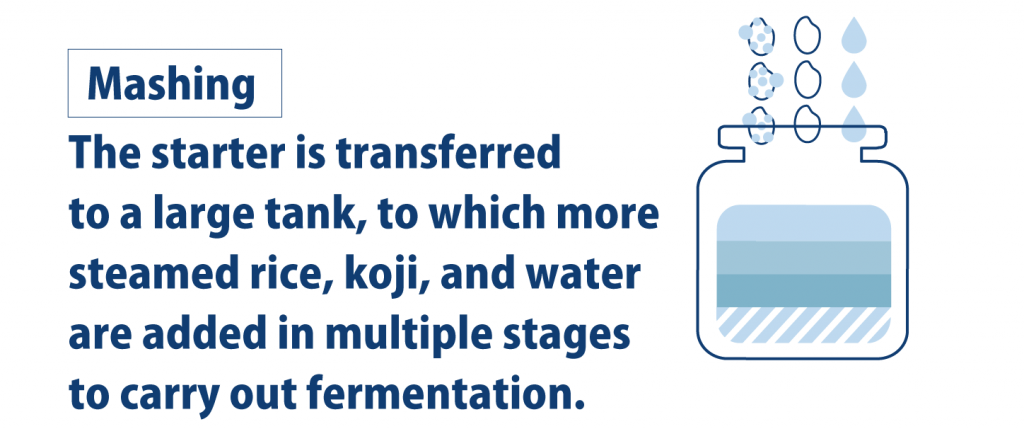



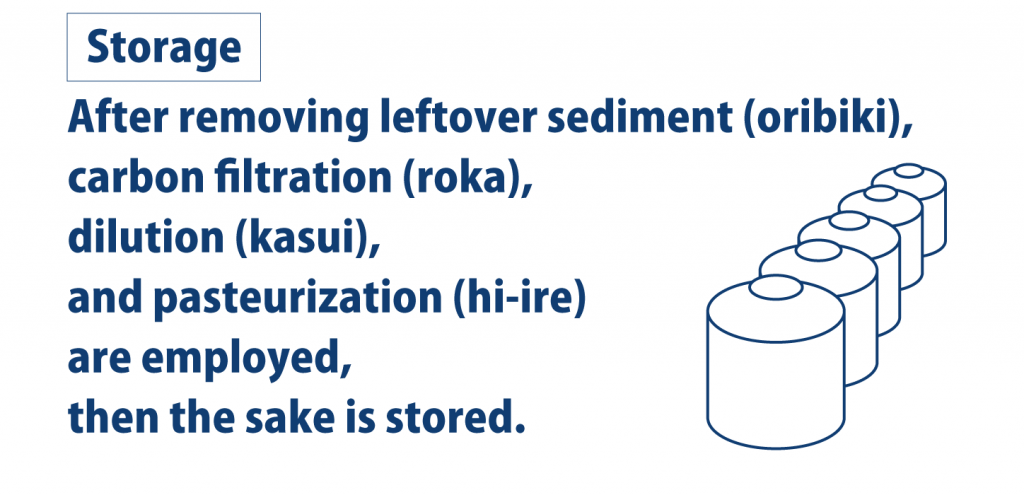
Level 2: A Deeper Look
Those are the basic steps. Time for a deeper dive into each – for the true sake scholars!
■Polishing (seimai):
As the first step, the rice is polished to remove excess outer layers unnecessary for brewing sake.
The outer hull of the rice grain contains lipids, proteins, and other nutrients that can introduce rough and unrefined flavors to sake. That said, these flavors are not always undesirable, and can actually add complexity. Sake with a lower rice-polishing ratio (seimai-buai)—in other words, sake made from highly-polished rice—tend to feature more flowery aromas and clear, refreshing flavors.
■Washing/Soaking (senmai, shinseki):
In this step, the rice is washed to remove bran and other sediment sticking to the surface. Before washing, the polished rice is stored in a cool, dark place for a period of time to bring down the temperature and prime it to absorb water (a process called karashi in Japanese).
After washing, the rice is soaked until it has absorbed enough water for the next step.
■Steaming (mushi):
The soaked rice is steam-heated, typically using a large steamer known as a koshiki. Rice prepared for eating is generally boiled, but the sake brewing process employs steaming, as it preserves a level of moisture more suitable for propagating koji mold.
■Koji-making (seigiku):
In a specialized room known as a koji muro, koji mold is sprinkled onto the steamed rice and propagated. This complex process involves this following steps:
(1) Hikikomi: The steamed rice is carried to the koji muro, spread out evenly over tables, and covered in cloth to achieve uniform temperature and moisture content.
(2) Tanekiri: Koji mold is sprinkled over the rice.
(3) Tokomomi: The rice is repeatedly kneaded until the koji mold has been distributed evenly, then it’s mounded and wrapped in cloth.
(4) Kirikaeshi: After a period of time, the rice—now hardened into clumps—is broken up to achieve uniform temperature and moisture.
(5) Mori: The rice is split into small mounds to prevent overheating from the effect of the koji mold.
(6) Naka-shigoto/Shimai-shigoto: After a period of time, the small mounds of rice are broken up.
(7) De-koji: The finished koji rice is taken out of the muro and cooled.
■Starter-making (shubo-zukuri):
Steamed rice, koji rice, and brewing water are combined in a small tank to create the fermentation starter (called shubo or moto in Japanese). This is where the yeast necessary for alcohol fermentation will be cultivated.
■Mashing (moromi-zukuri/shikomi):
The starter (shubo) is transferred to a large tank along with steamed rice, koji rice, and brewing water to form the main fermentation mash (moromi). In the most common brewing method, three additional batches of steamed rice, koji rice, and water are then added in a process known as sandan-jikomi (“three-stage mashing”). Alcohol fermentation is carried out over a period of about one month.
■Pressing (shibori):
After fermentation has been sufficiently carried out, the mash is pressed to separate the sake from excess sediment (lees, or sake kasu).
■Storage (chozo):
Finally, the pressed sake is stored at the brewery—either in tanks or bottled—until it is time to ship. Before storage, the sake may go through certain final stages of processing—including oribiki, a process to remove leftover sediment, dilution (kasui) to achieve the desired level of alcohol by volume, pasteurization (hi-ire) to stop the fermentation process, and/or carbon filtration (roka)—to achieve the desired balance for each individual product.
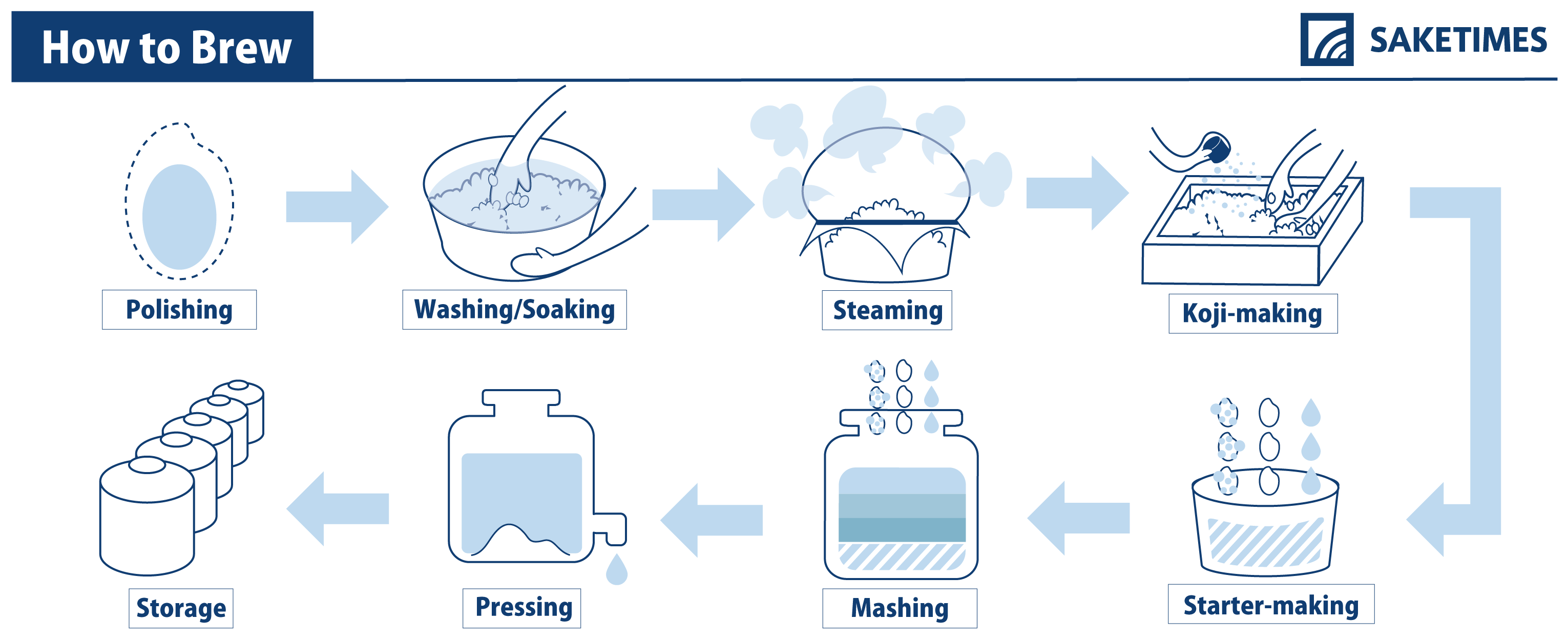
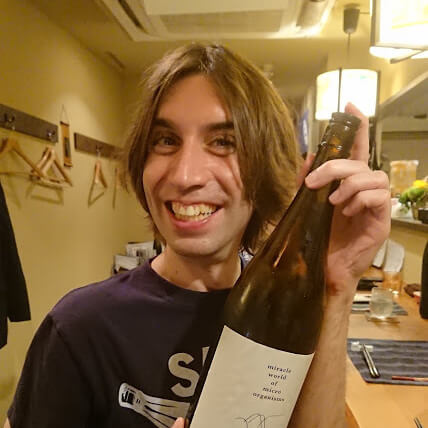
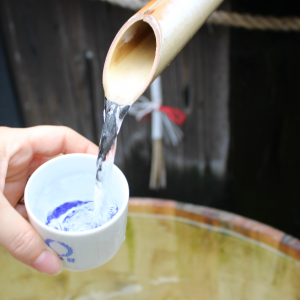


Comments